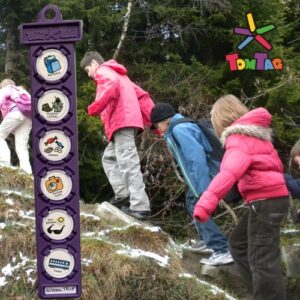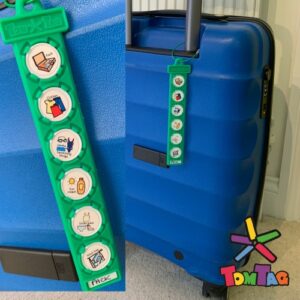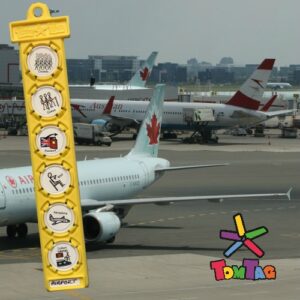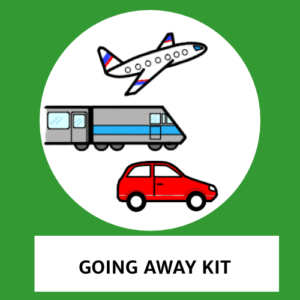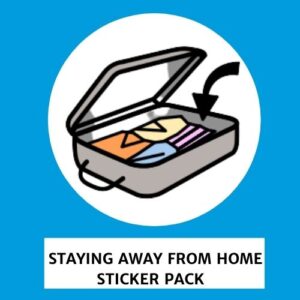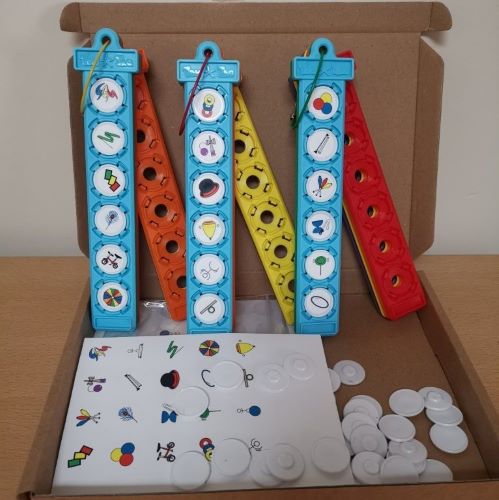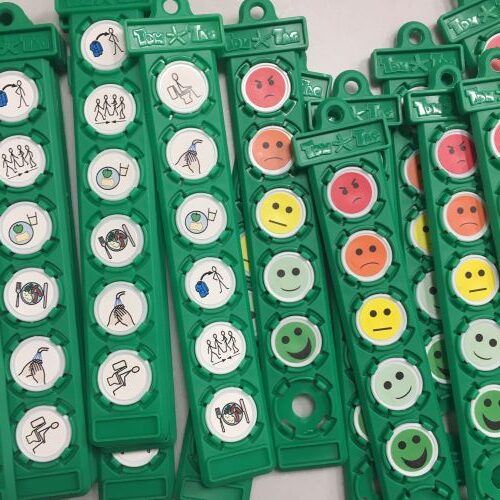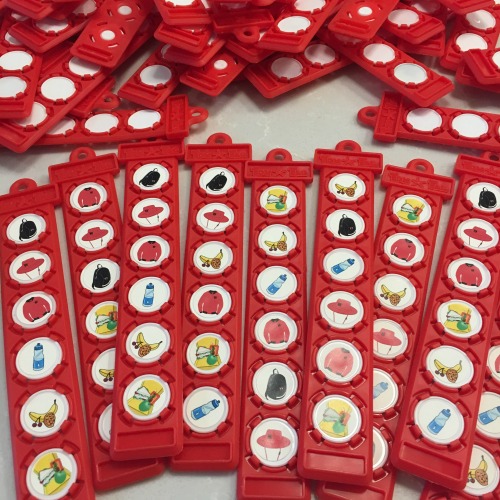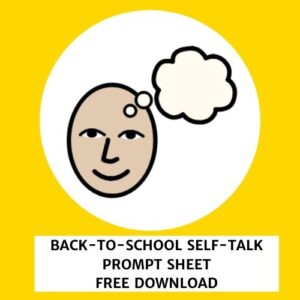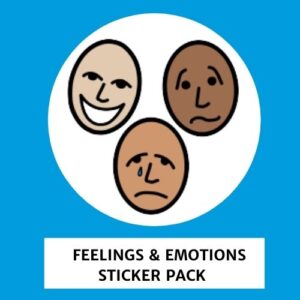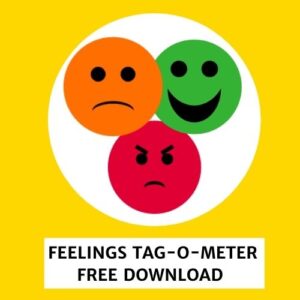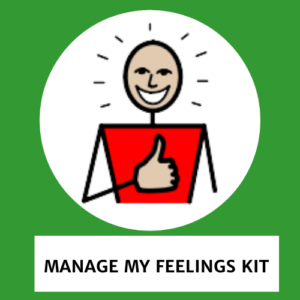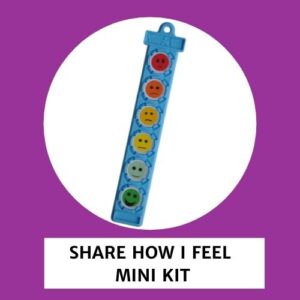What’s the aim?
A First-Then (or Now-Next or First-Then-Next) tool helps your child to learn basic sequencing skills. It shows them what they will do or need to complete first (or now) and what they will do then (or next). It can be really helpful in getting children to move more smoothly (transition) from one activity to another or in encouraging them to complete a less-preferred activity before receiving a reward or moving on.
What to do – using the TomTag 4 P’s approach
Plan
- Decide what the first and second activities or objects are that you want or need your child to do
- Choose the second item to be something your child really likes to encourage them to do the first activity. Worried about challenging behaviour? Try starting with activities that your child usually does successfully and willingly!
Prepare
- Pick relevant symbols that show the activities you have identified. Use blank stickers to make your own drawings if you can’t find the activity you want.
- If not already included in the sticker pack you have, use blank stickers for the prompt words FIRST, THEN, NOW or NEXT as preferred.
- Place the first prompt word at the top of the tag followed by the first activity symbol, then the second prompt word followed by the second activity symbol.
- For a 3-step sequence, e.g. FIRST-THEN-NEXT, continue to add the third prompt and symbol.
Prompt
- Give the TomTag to your child with a brief verbal instruction about the sequence (e.g. “First eat lunch, then play outside”).
- Make sure your child can see the tag whilst doing the first activity and refer to it verbally as well (e.g. “nearly finished, then play outside”).
- Show them how to turn over the button on their tag once they have completed the first activity and confirm the next step verbally. (e.g. “Lunch done, now play outside”).
- Immediately provide the preferred activity or item so that your child gains trust in using TomTag and more confidence the next time you use it.
Patience
- If challenging behaviour occurs, keep your focus on prompting your child to do the first activity rather than on the behaviour.
- Keep prompting, praising and be patient!


